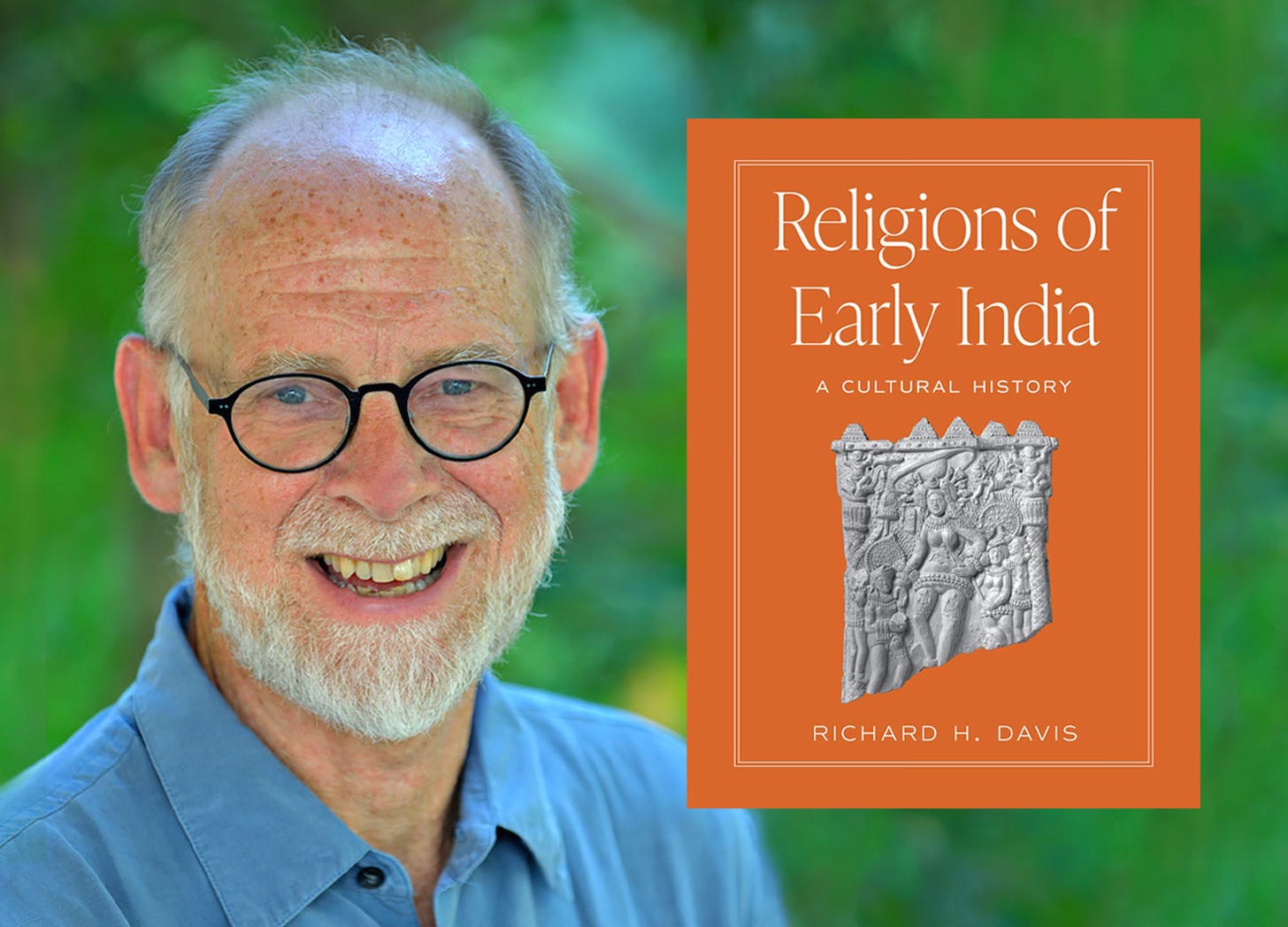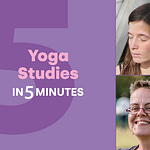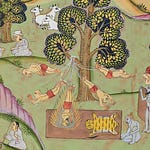How has yoga been influenced by socio-political factors, or competition for resources between different groups? Does understanding historical context help to make sense of teachings? What might we learn from the past that’s still relevant today?
Richard Davis is an emeritus professor of religion at Bard College in New York. His latest book, Religions of Early India: A Cultural History, explores the fluidity of ancient traditions, including interactions between Brahmanical renouncers, Buddhists and Jains. He’s also the author of The Bhagavad Gita: A Biography, a fascinating story of how the text was interpreted over the centuries.
Having taught undergraduates for 35 years, Richard writes accessibly about the big picture, so our conversation surfs across several millennia. We focus in particular on tensions between renunciation and social engagement, as well as a history of cultural exchange. Among other questions, we consider:
Where ideas about karma and rebirth originated
What inspired sacred images and religious devotion
Whether the earliest traditions were goddess-focused
Whose voices texts leave out, and how to hear them
Why Siddhartha by Hermann Hesse is insightful
Selections from Richard’s work are posted here. For a list of publications, see here.
Listen to this episode with a 7-day free trial
Subscribe to Ancient Futures to listen to this post and get 7 days of free access to the full post archives.












